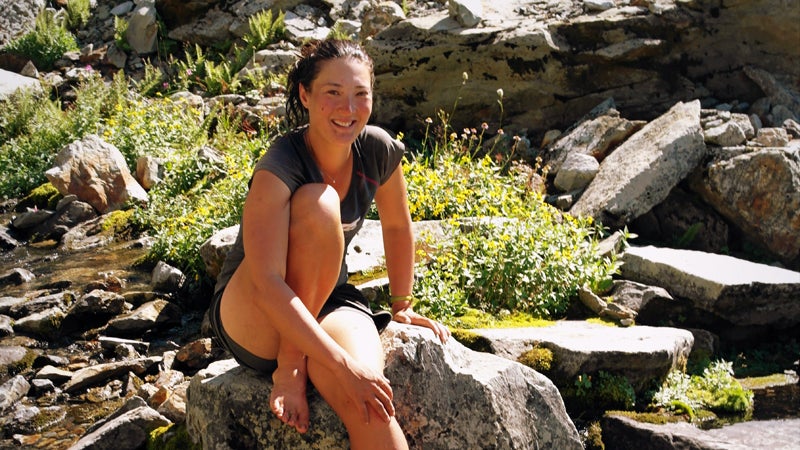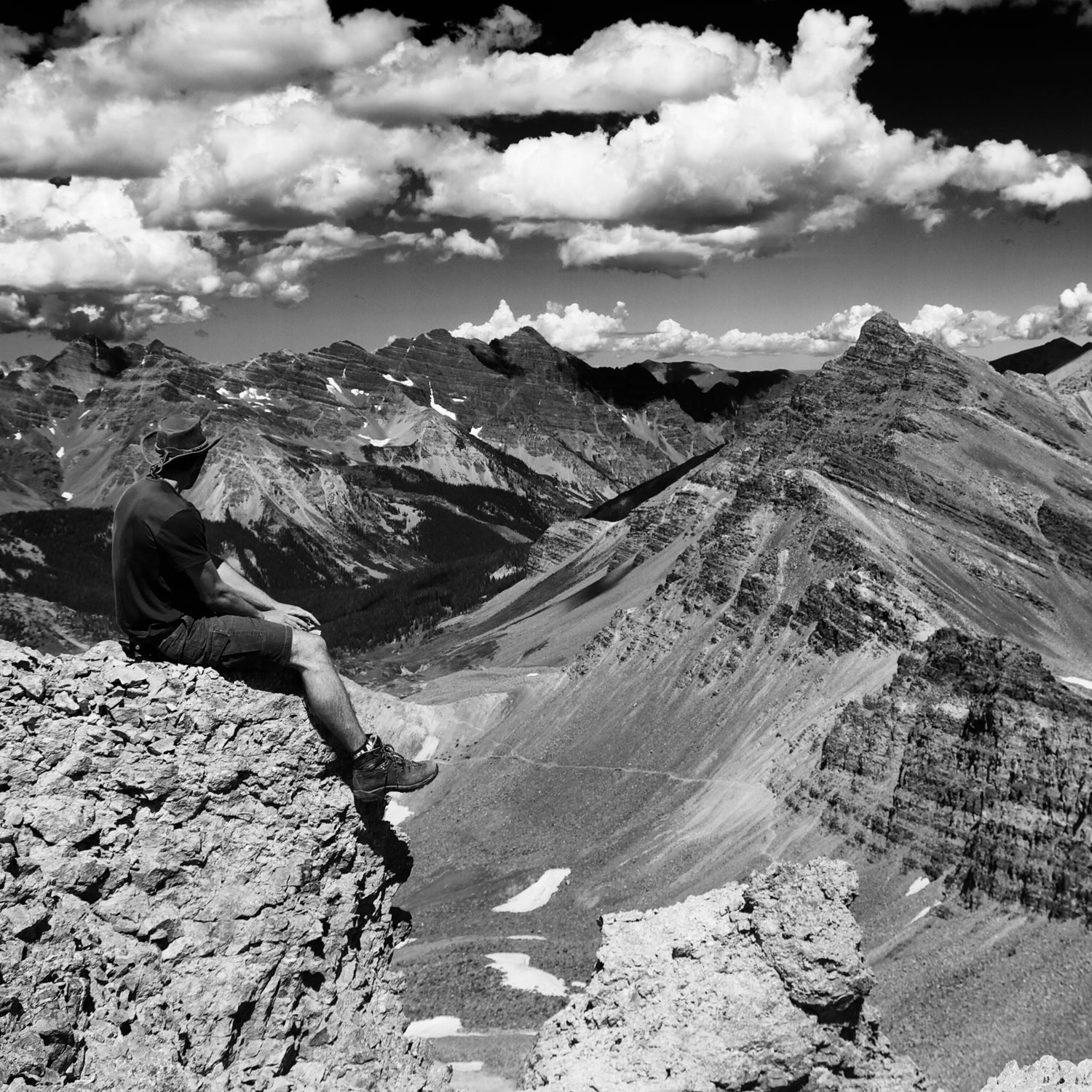Having hiked more than 10,000 miles on epic long-distance trails, is a true expert when it comes to battling blisters.
The 27-year-old��Yale graduate currently holds the women’s unsupported speed record on the Appalachian Trail, a feat she never could have accomplished on crippled feet. Here are her gear-related tips on preventing and treating blisters when you’re backpacking.

Get Shoes that Let Your Toes Splay
Make sure you wear shoes that give your feet room to swell, particularly in the toe box. “It is important to have shoes that let your toes sprawl,” Thomas says. “When you’re on your feet 15 to 17 hours a day, all that blood rushes to your feet.” Giving your feet room to swell will minimize foot rub and blisters. Thomas hikes in , and says she’s happy with the shoe’s relatively wide toe box. She finds the trail runners give her adequate ankle support without weighing her feet down.��
When you’re trying on shoes, wiggle your toes around to make sure they have space to move. If the toe box seems snug, think about going with a half-size larger, or going with another brand such as Altra or Pearl Izumi, which tend to have wider toe boxes.
The Right Socks Matter
The first step to choosing the right pair of socks is to evaluate how your body reacts to hiking, Thomas says. If you sweat a lot, buy socks that promise to wick moisture well.��
Thomas uses when she’s going fast and light. The weave on these merino wool socks is really tight, which reduces the amount of small rocks and dirt that contact her feet. That in turn reduces the number of blisters. These socks are also very light, which allows Thomas to take another pair that she changes into midday. She cleans off her dirty socks in a stream and hangs them on her backpack to dry.
Be Prepared for Infection
If you can’t get a blister to dry out (something that can be particularly difficult in muggy areas like you’ll find on the AT), it’s easy for it to get infected. Thomas brings alcohol or iodine prep pads to disinfect a safety pin that she uses to drain her blisters when she does get them. Although she usually wears socks at night, she ditches them after popping a blister in order to let it dry out. She also brings triple antibiotic ointment to treat any infections that do settle in.
Tape It Up
Thomas uses to wrap��blisters because it’s very sticky and doens’t rub off her toe halfway though the day. The latex-free tape sticks so well that Thomas has had it on her feet for over a week and forgotten it was there, long after her blisters had subsided. Luekotape is so strong that Thomas uses it in lieu of duct tape to repair gear.


